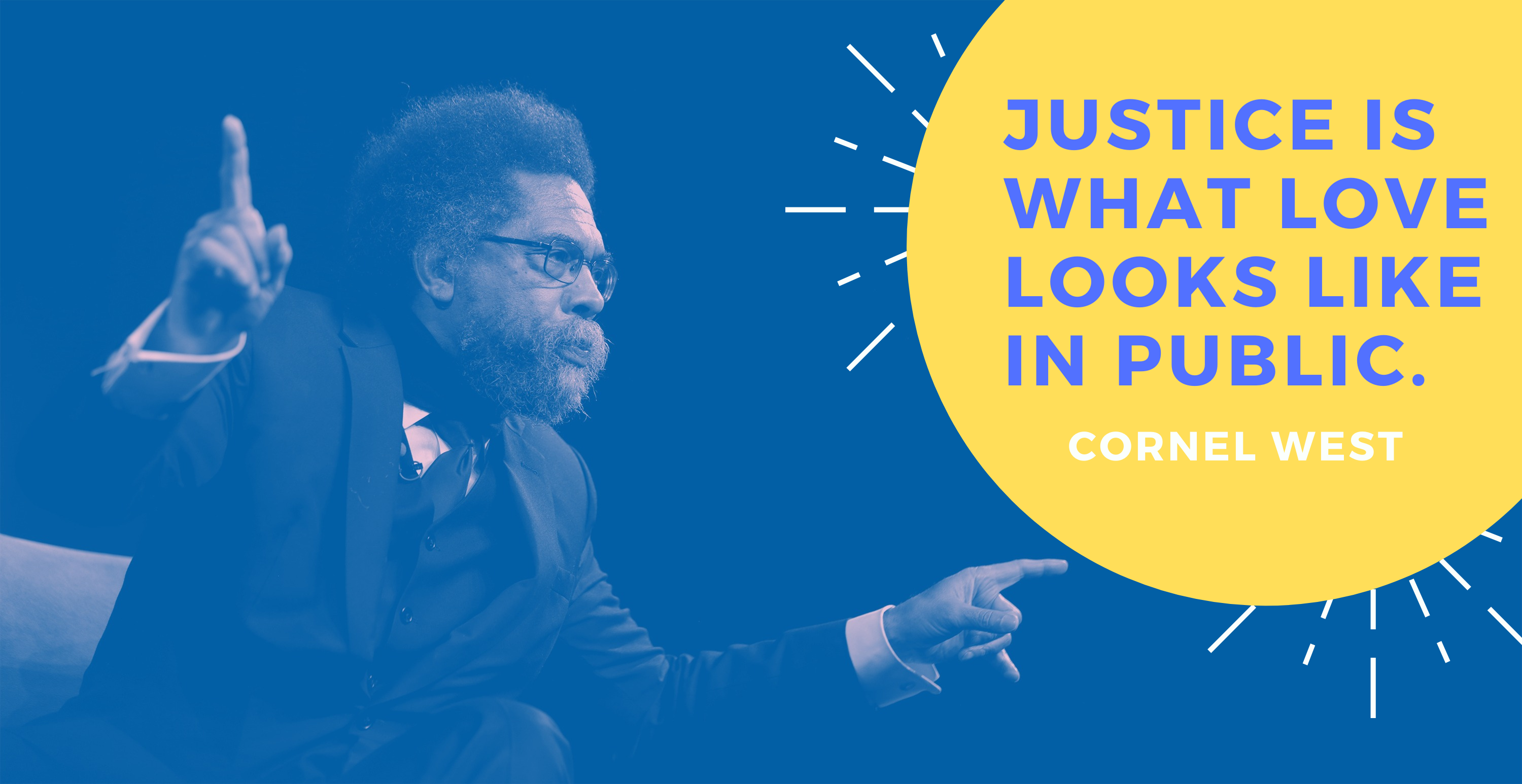We believe “Justice is what Love looks like in public” (-Cornel West). The question to us is What does love look like in the face of racial wounds? We look at the sense of repair, liberation, and healing that needs to take place still to this day, and how are we as people of faith to move in that path? Whichever faith background we come from calls us to the path of healing, and the beautiful part of our interfaith network is that we can come together and have that sense of greater collective compassion pushing us towards wholeness. We follow the paths that have been laid before us by Restorative and Transformative Justice, understanding that there is a transitional period, but heeding to the lessons that have already been learned from previous acts of race restoration. We look to areas like South Africa and the Truth and Reconciliation Commission that took place there after Apartheid, and what took place in Canada with the TRC for Indian Residential Schools. On a global level, the call is for us to have local healing centers so when the national call for reparations comes, we will be ready for it. In the international study of these commissions that have taken place, the one thing that has been faulty is local implementation: We as people of faith believe that we can be that place of healing in our community.
Applying the critical tools to see how faith institutions are embedded in whiteness is the first step we need to take because it is endemic in many of our faith traditions. We need to see what holds us back in our communities and we call for people of faith to step in and admit their harms so we can move forward towards wholeness. We need to transform how power is used in our society to an alternative of collective liberation. Oftentimes in our American discourse we call that path Reparations. Reparations are often monetary, however it can be more: healing dialogue, education, and the transformation of our systems. We call for our white-dominant institutions to do the work of eradicating white supremacy.
This Racial Justice Workgroup under CLUE seeks to work with our faith institutions in being that place of healing and create our own Truth Commission. We seek to take down all the pillars of harm in our community: to get involved in this work we are looking for people to organize and outreach so that these conversations can be extended to the faith community. We hear the calls from Healing Justice BLM, Casa de la Raza, and El Centro leaders and beyond to acknowledge that Racial Justice is not just a black and white matter but an Indigenous, Latinx, intersectional issue.
